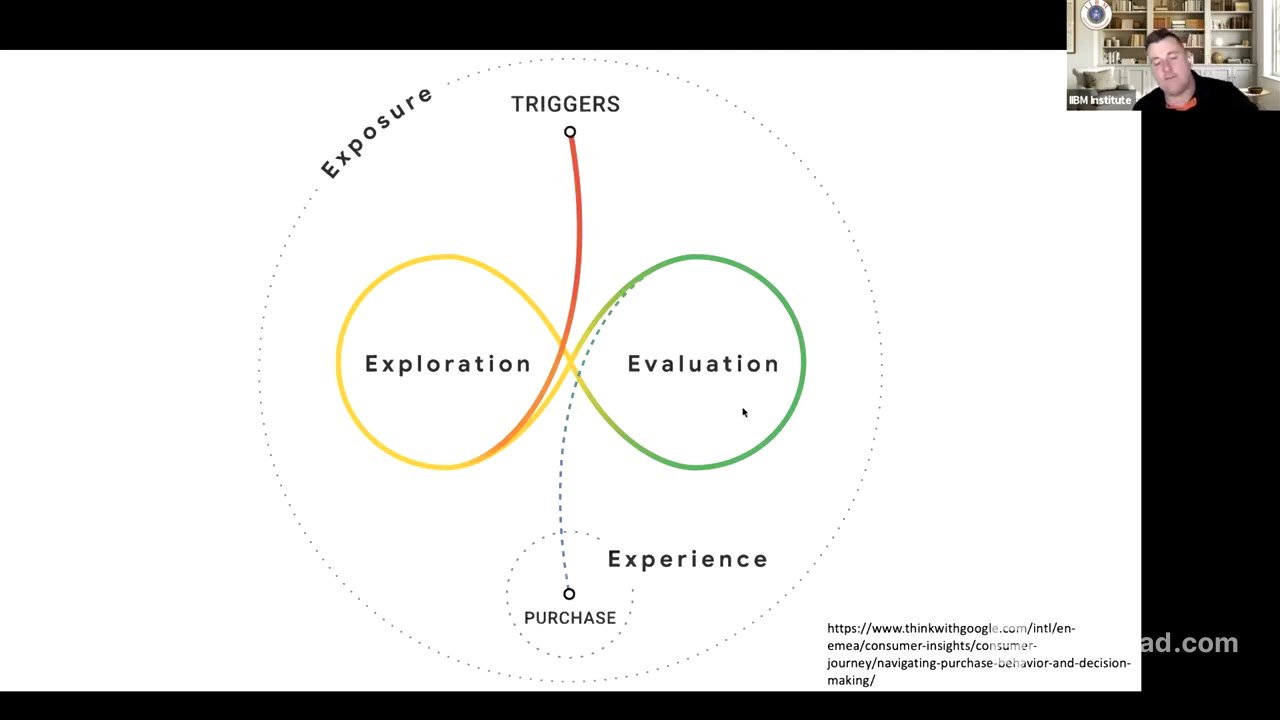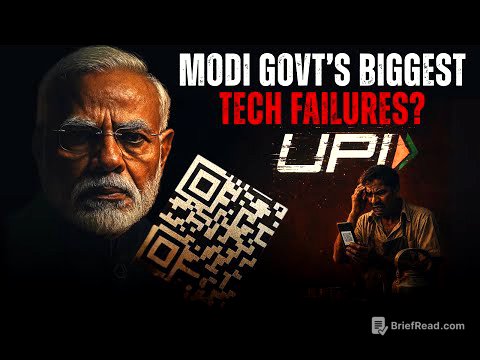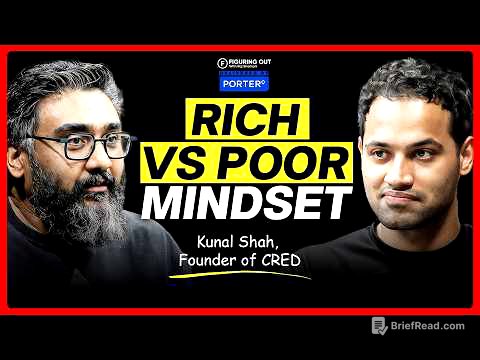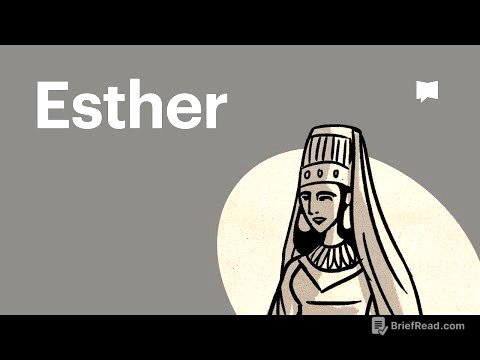TLDR;
Alright, so, this video talks about how consumer behaviour is changing, especially with the rise of AI like ChatGPT and short-form video platforms like TikTok. Key takeaways include:
- Consumers are increasingly using AI to plan purchases, which can disrupt traditional marketing funnels.
- The customer journey is becoming less linear, with consumers jumping between different channels and touchpoints.
- Short-form video is driving impulse purchases and changing how consumers make decisions.
AI and the Disruption of Platforms [0:05]
Basically, more and more people are using ChatGPT to plan their holidays, asking it for hotel, flight, and car rental suggestions. This is a big deal because it could change how people find and book these things. Instead of going through platforms like Booking.com, ChatGPT might go directly to individual providers. This could shake up the dominance of those big platforms. So, marketers need to keep an eye on these trends and figure out how to adjust their strategies. There's even talk about optimising for AI agents instead of just search engines.
The Messy Middle and the Changing Customer Journey [7:37]
The video then discusses the traditional customer journey, which goes from awareness to interest, evaluation, decision, and purchase. But, it's not always that simple. Google has a model called the "messy middle," where consumers go back and forth between exploring and evaluating options. Now, with AI like ChatGPT, this messy middle might disappear altogether. People might just go straight from awareness to purchase. This means marketers need to understand how these new technologies are changing the way people make decisions.
Mental Biases and the Power of Short Video [14:50]
Google also talks about mental biases that affect the messy middle, like category heuristics (thinking of McDonald's when you think of fast food), the power of now (wanting something immediately), social proof (trusting reviews), and scarcity bias (feeling pressured to buy something that's supposedly limited). But, these biases might not work the same way when people are using AI or getting their information from TikTok. Short-form video is driving impulse purchases and changing consumer behaviour.
The Rise of Impulse Buying and Omni-Channel Behaviour [23:48]
The share of mobile traffic is increasing, mostly through video-based apps. This has led to a rise in impulse buying, especially in categories like clothing, food, and household items. Also, consumers expect a seamless experience across different channels. If they buy a coffee on their mobile, they expect the same experience in the store. So, marketers need to create consistent and integrated experiences across all touchpoints.









